Urinary Casts
Casts are formed in the tubules of the kidney. Urinary stasis, lower pH, and increased solutes or proteins are all factors that can lead to cast formation. Usually accompanied by proteinuria.
Casts look like long cylinders, with parallel sides and round or blunted ends. Depending on where they were formed in the tubules, they may be straight or curved. It is important to distinguish casts from fibers.
The presence of casts is usually indicative of a form of renal disease.
Hyaline Casts
Hyaline casts are the most common cast, composed only of a protein matrix and maybe a few granules. They are translucent and have a low refractive index, making them difficult to see. Phase microscopy can be used to help with this.
Few hyaline casts can be seen in healthy individuals. Increased amounts may be seen in stress (physical or psychological), dehydration, and most renal diseases.
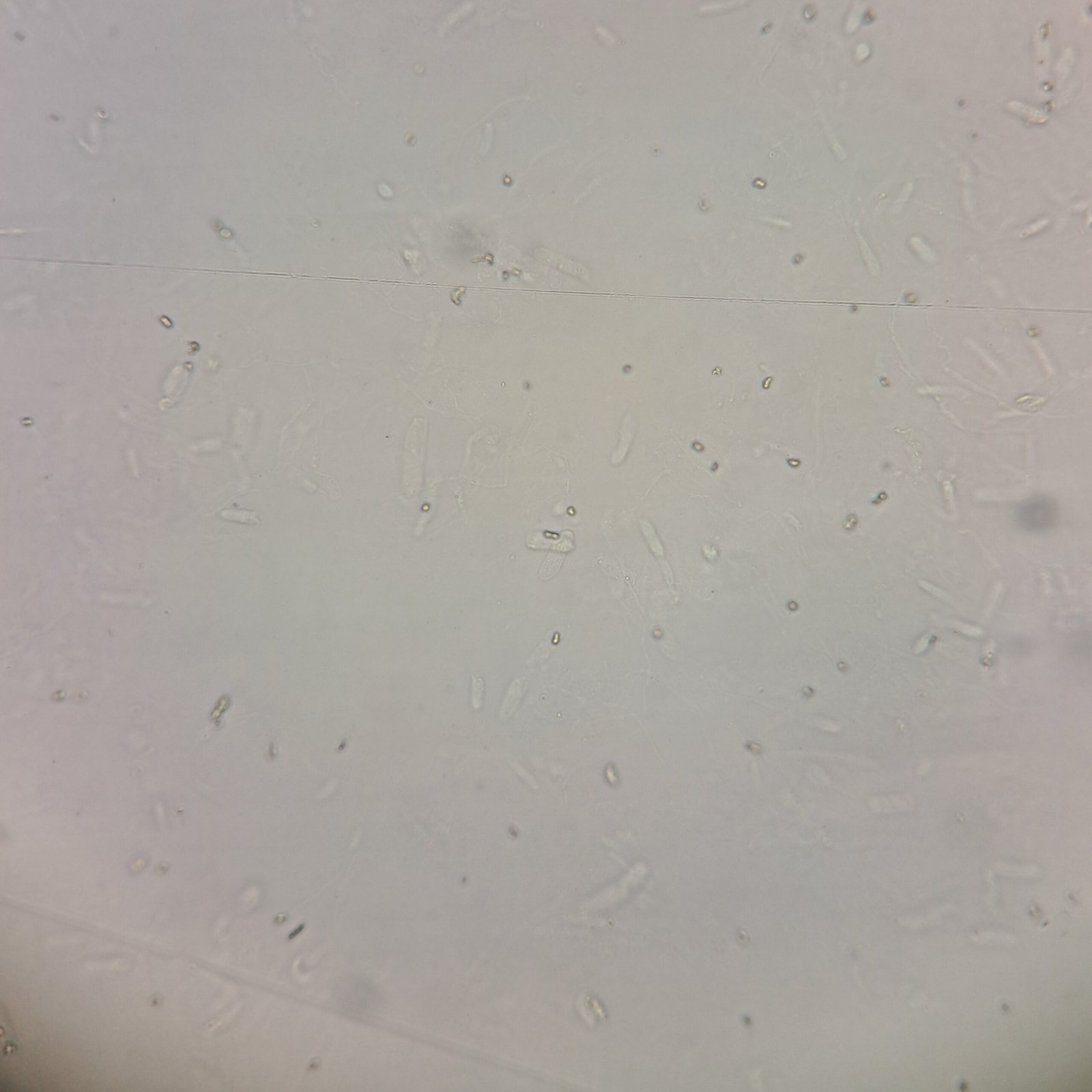
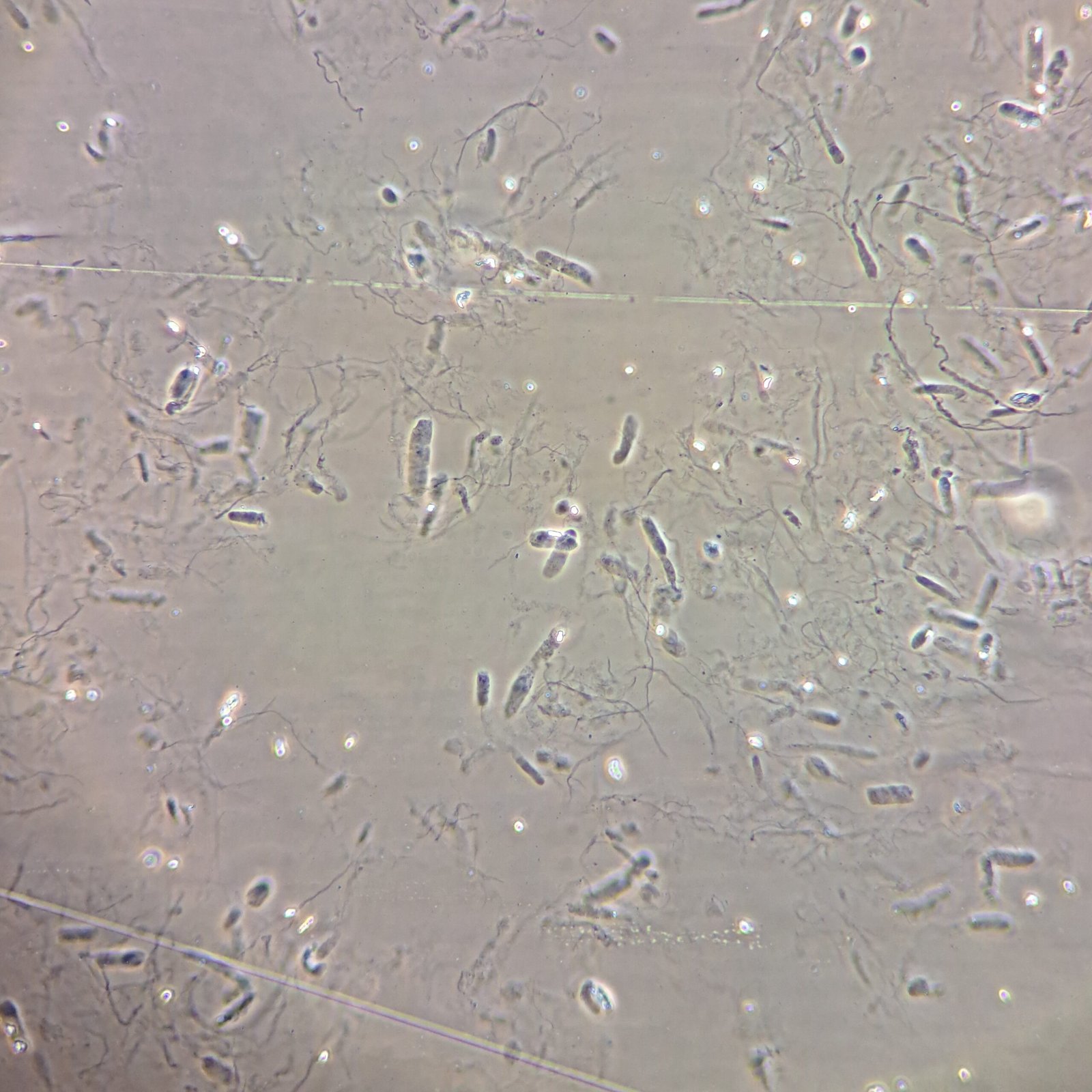
More Images
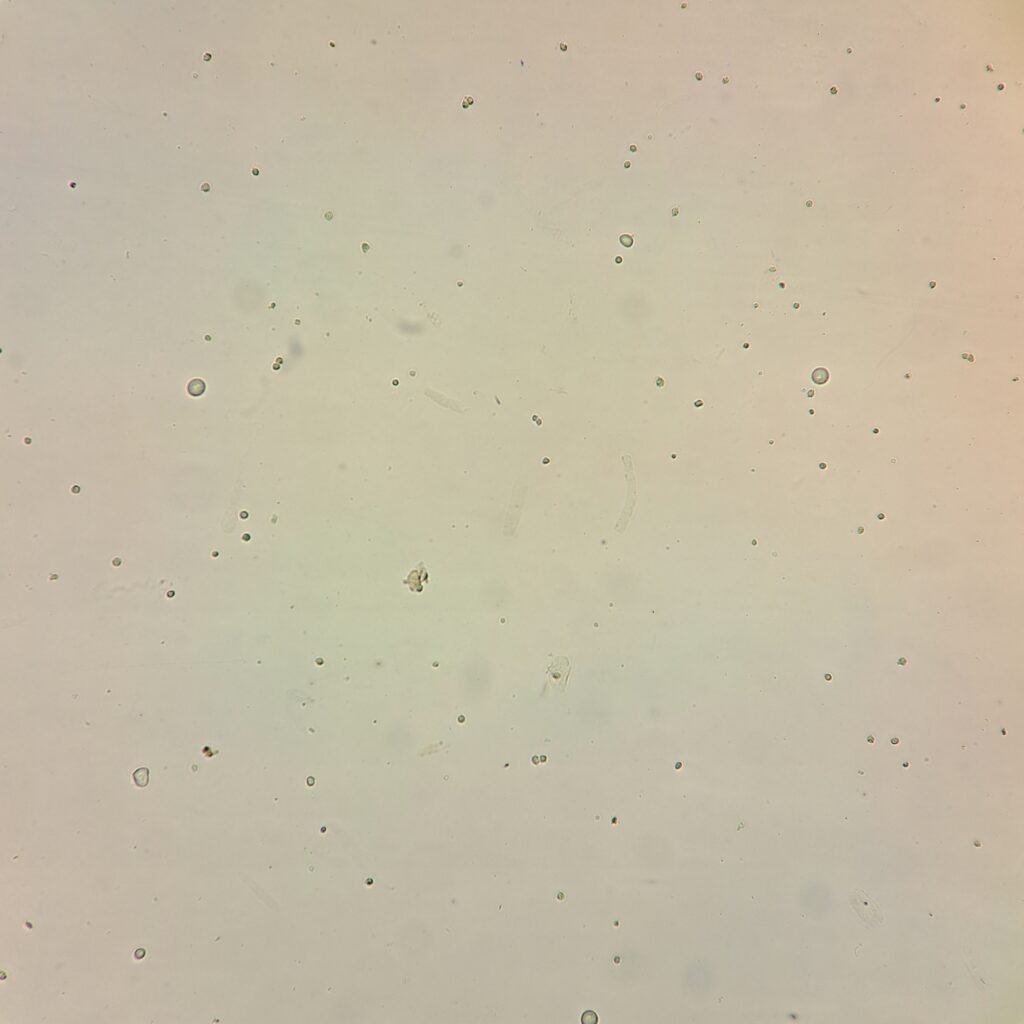
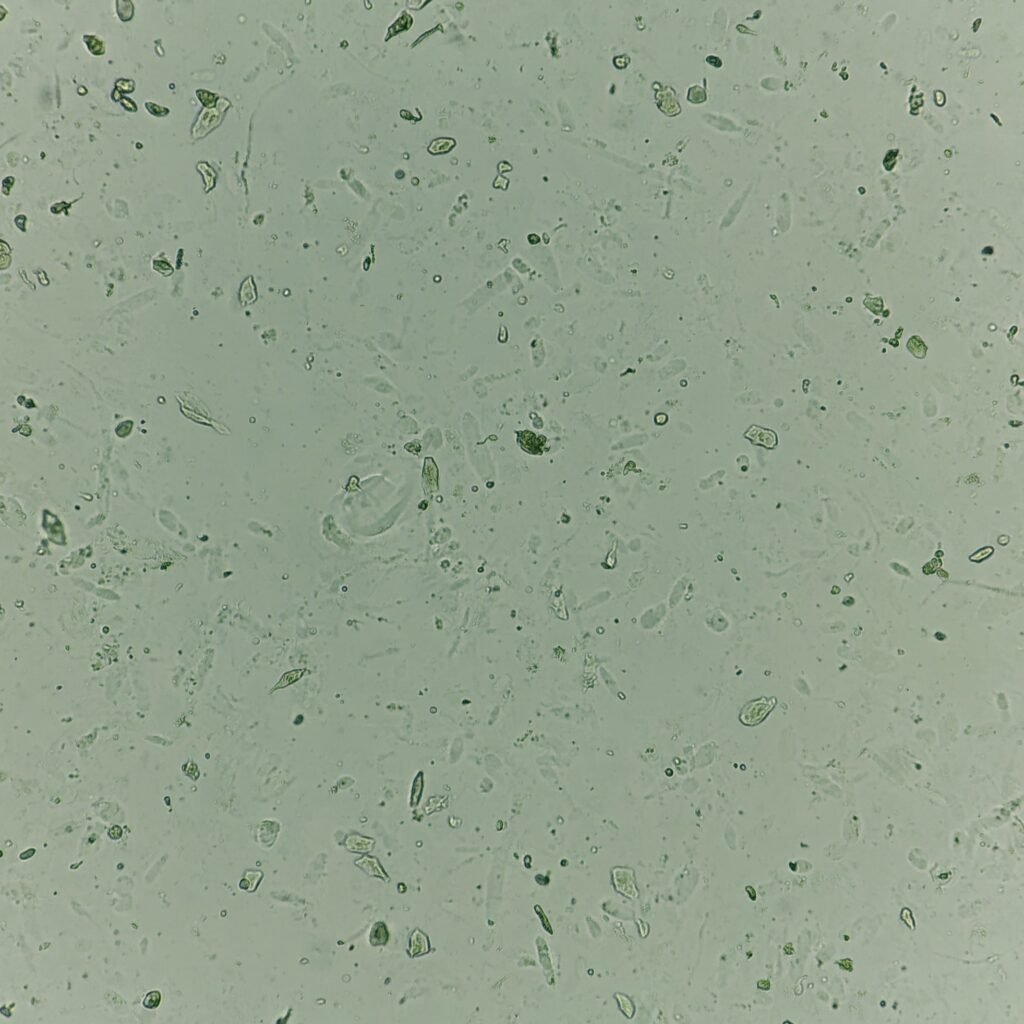
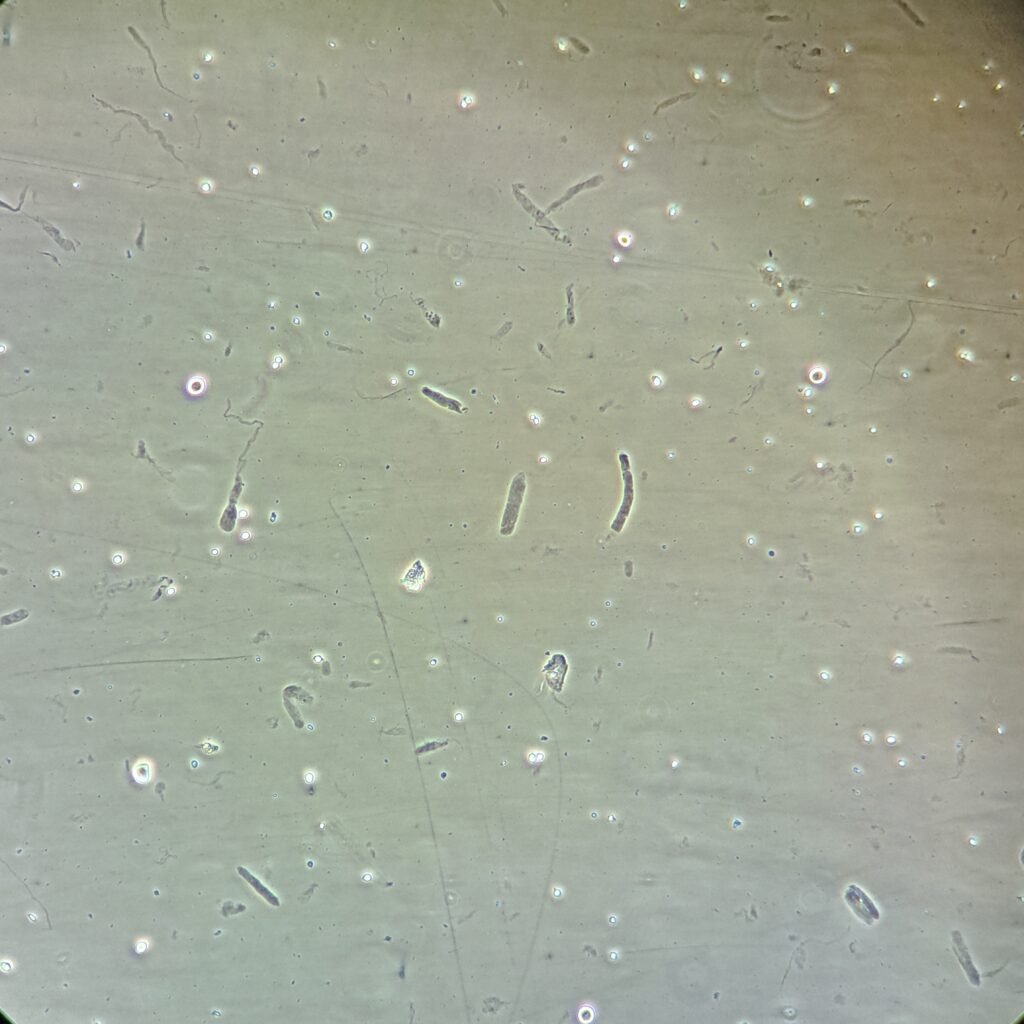
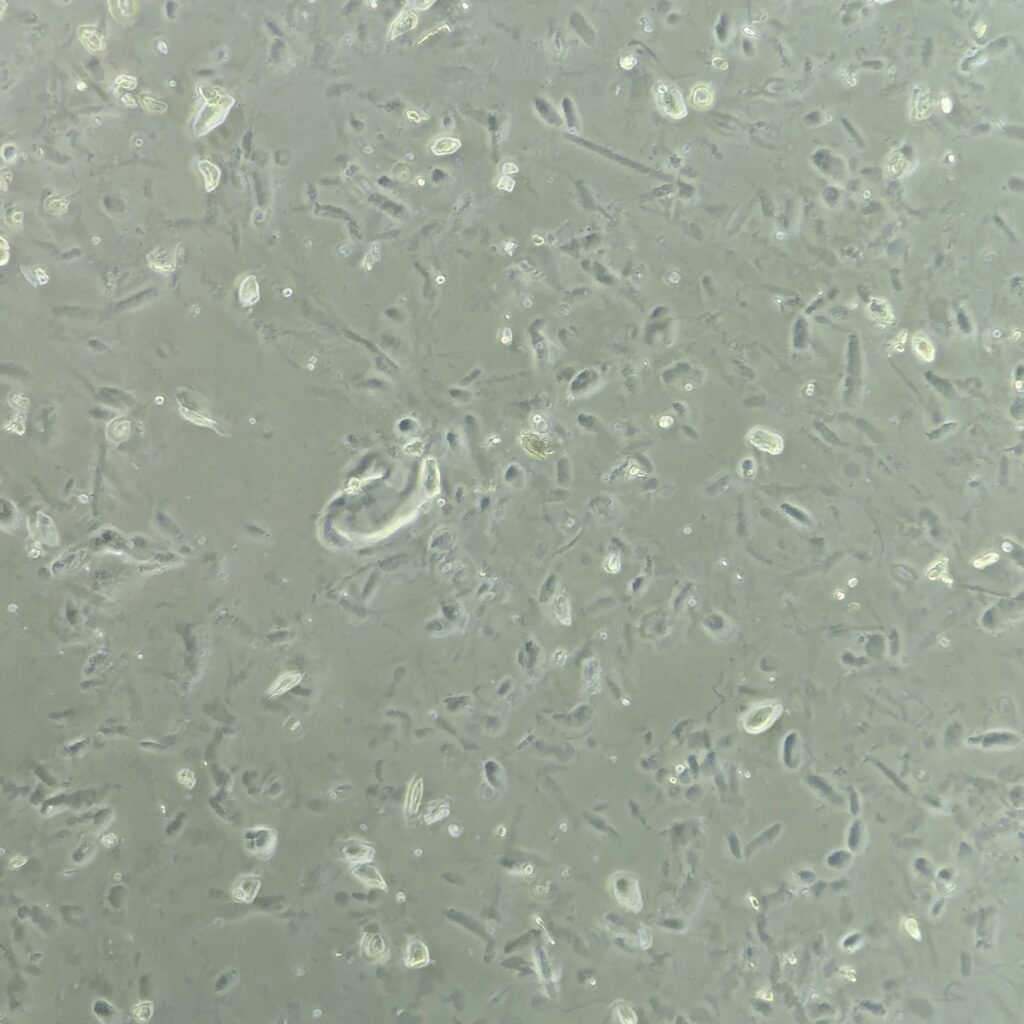
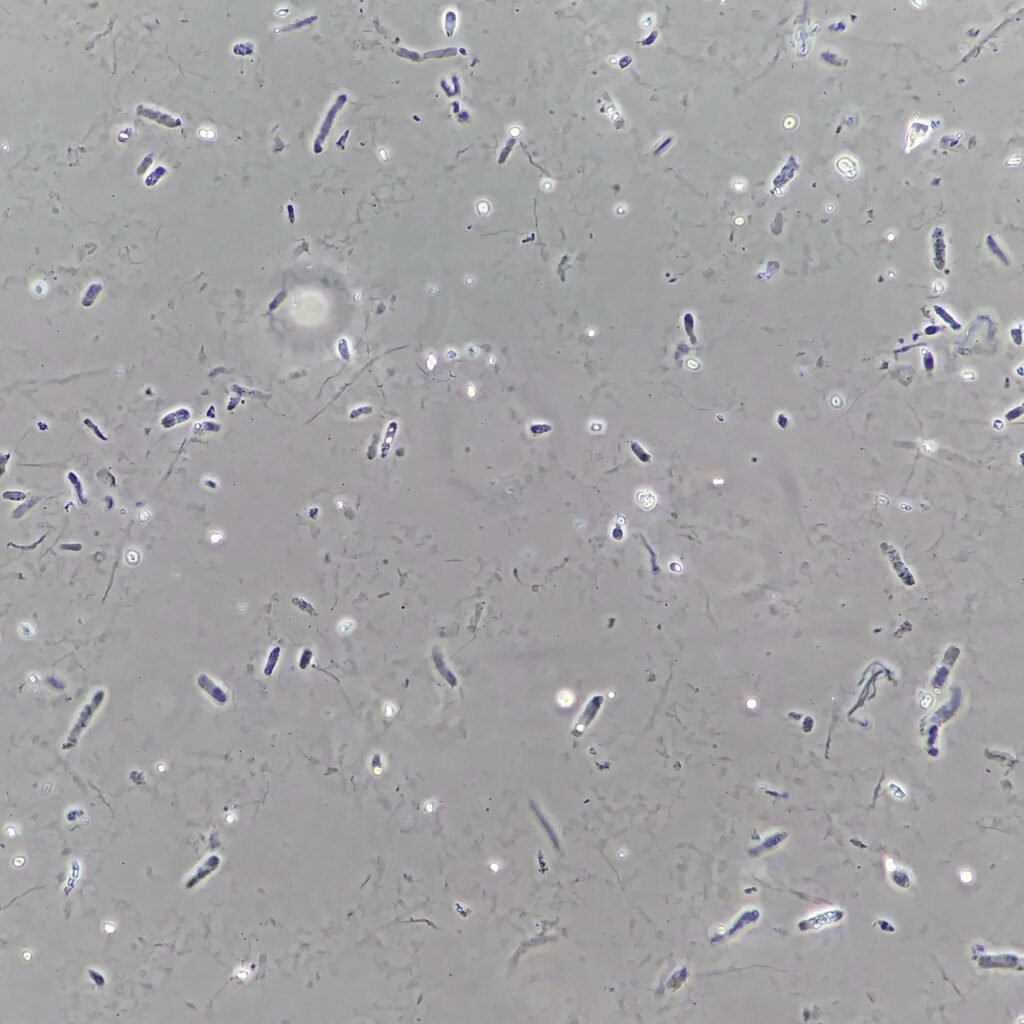
Granular Casts
Granular casts are the second most common cast. Granules are thought to be degraded cellular casts or aggregates of plasma proteins. Granules start coarse and become fine as breakdown continues.
Few granular casts can be seen in healthy individuals. Increased amounts may be seen after strenuous exercise and in renal disease.
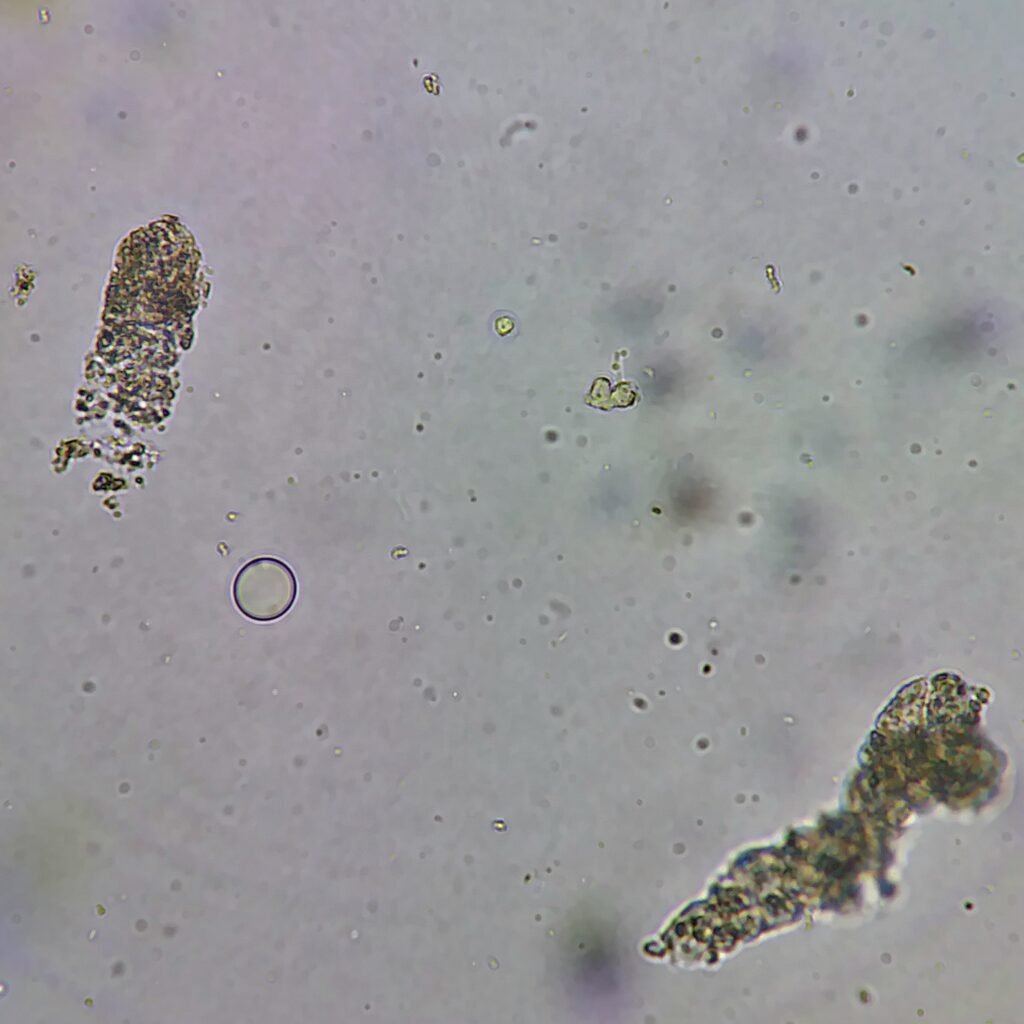
More Images
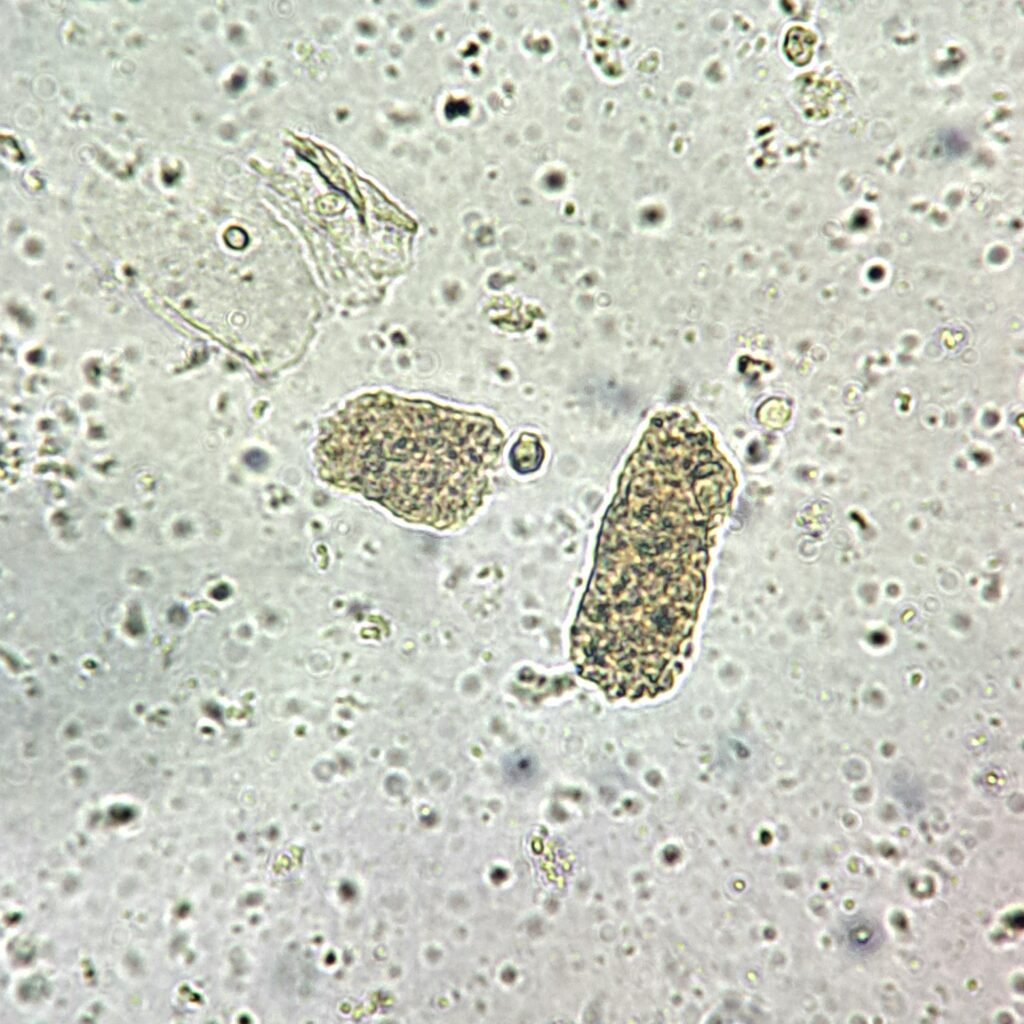
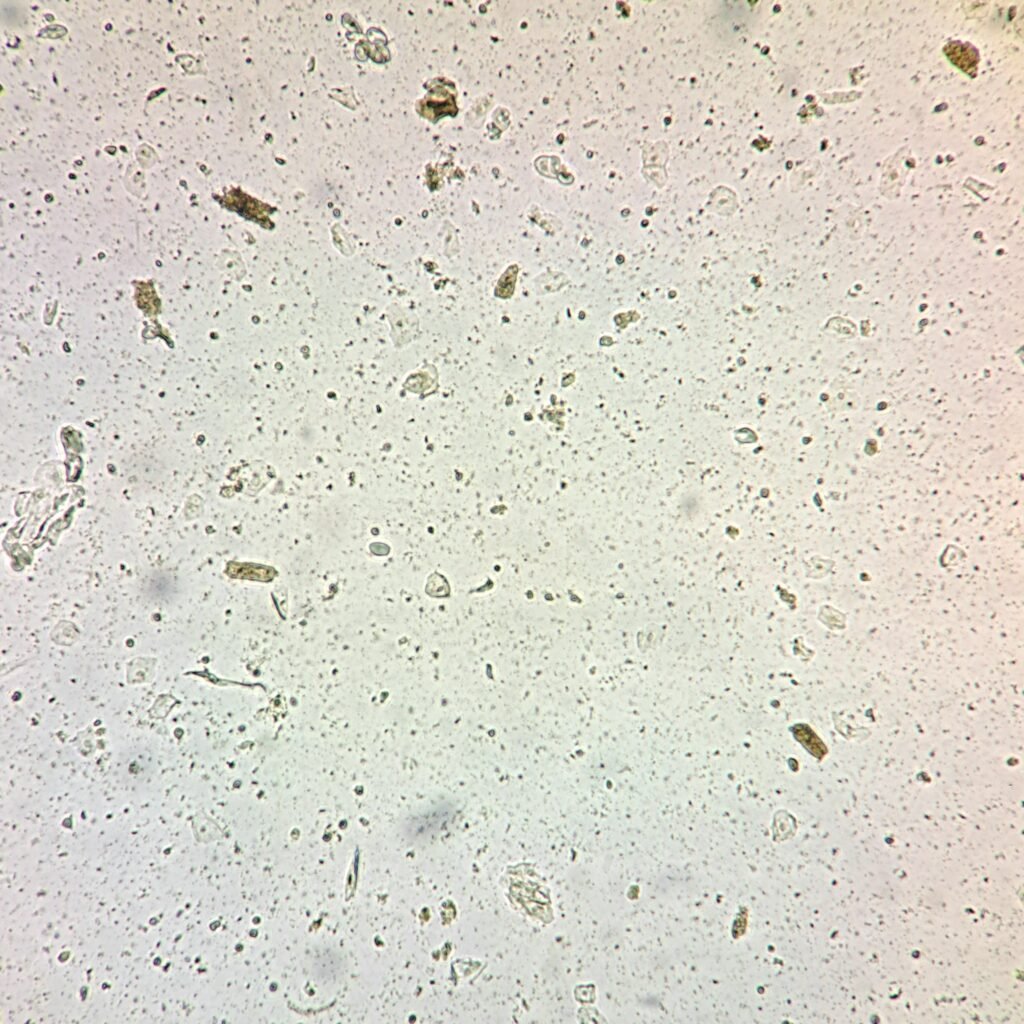
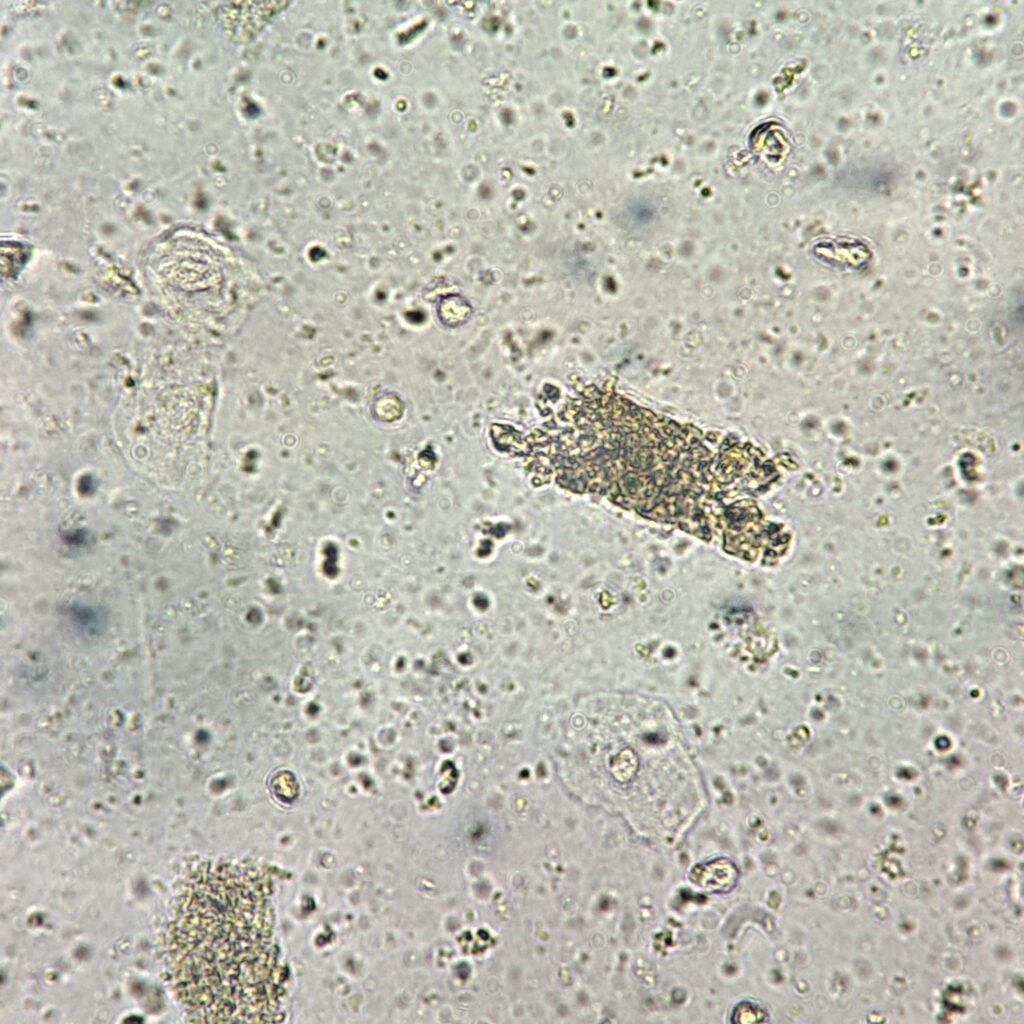
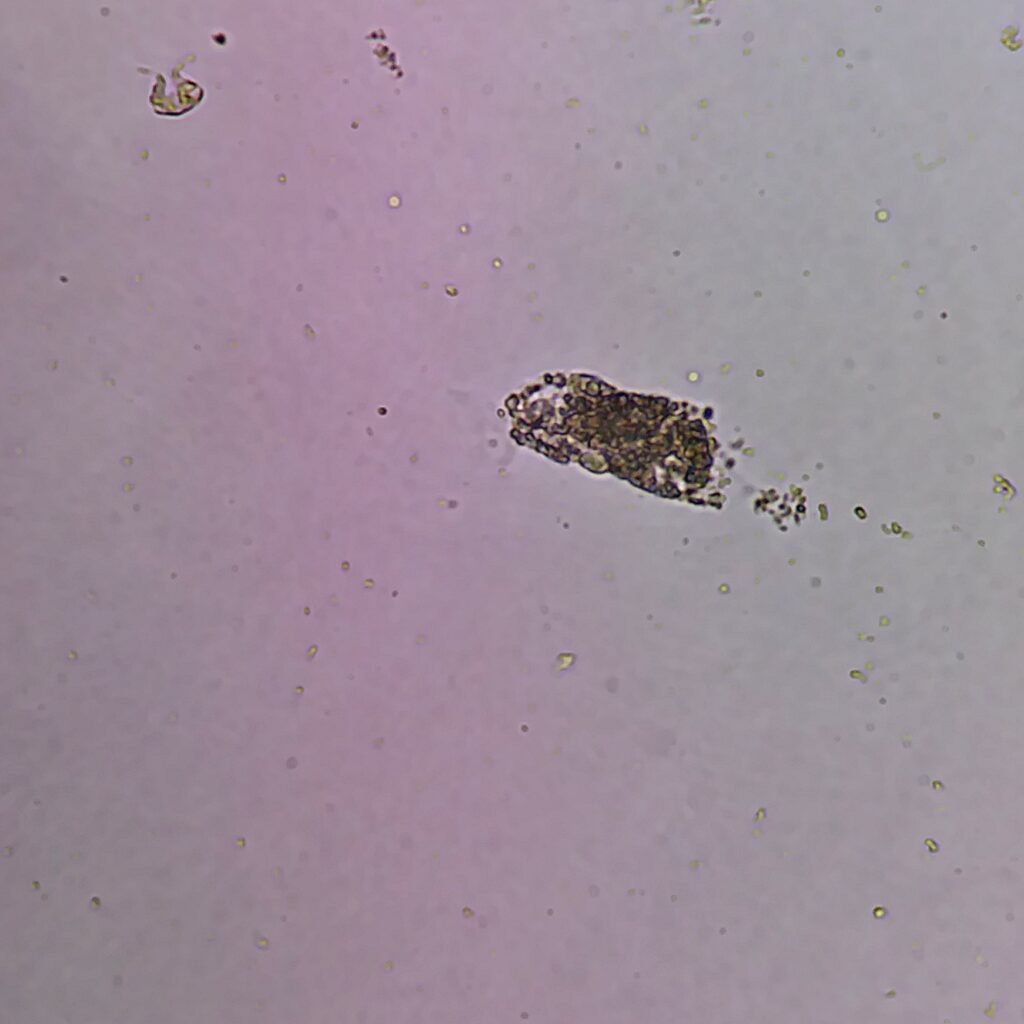
White Blood Cell Cast
WBCs (mostly polymorphonuclear neutrophils) can be seen in a protein matrix. Usually accompanied by more WBCs in found in the urine.
WBC casts indicate renal inflammation or renal infection.

More Images
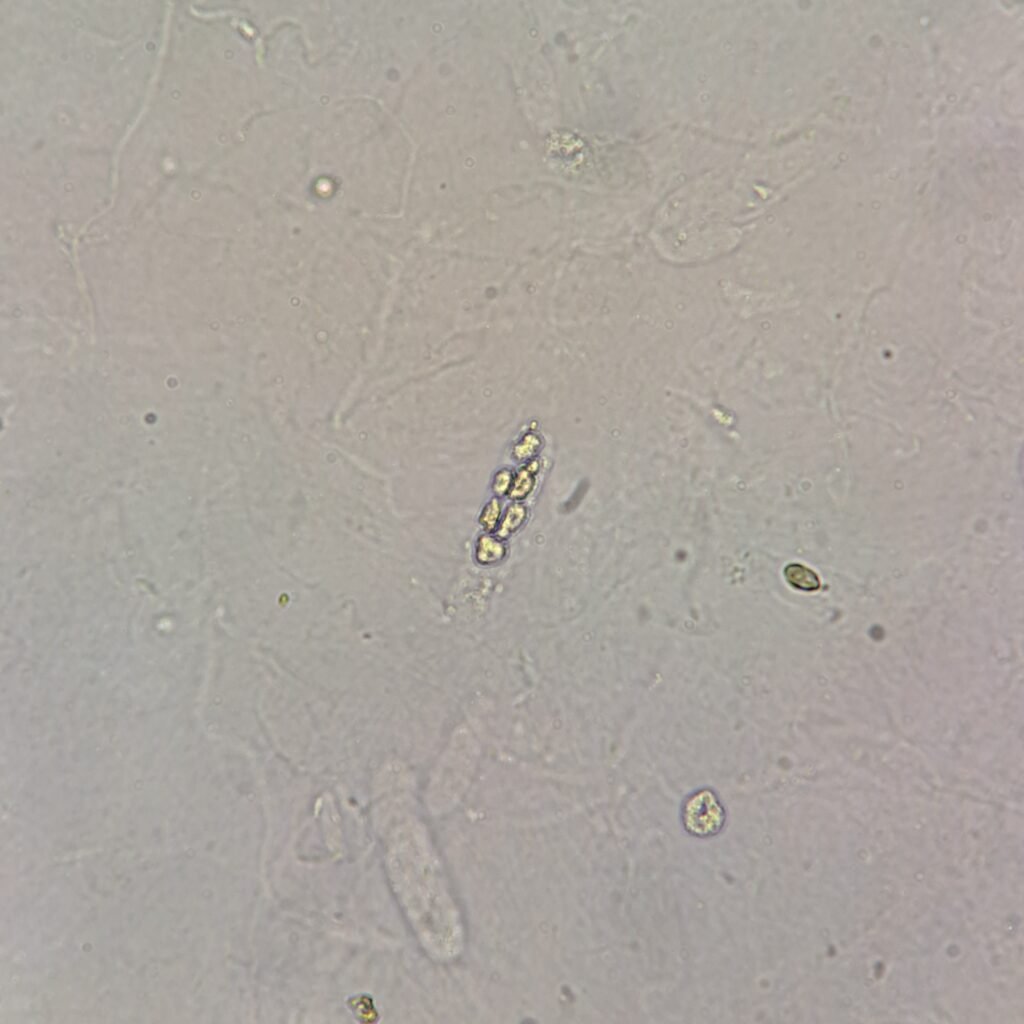
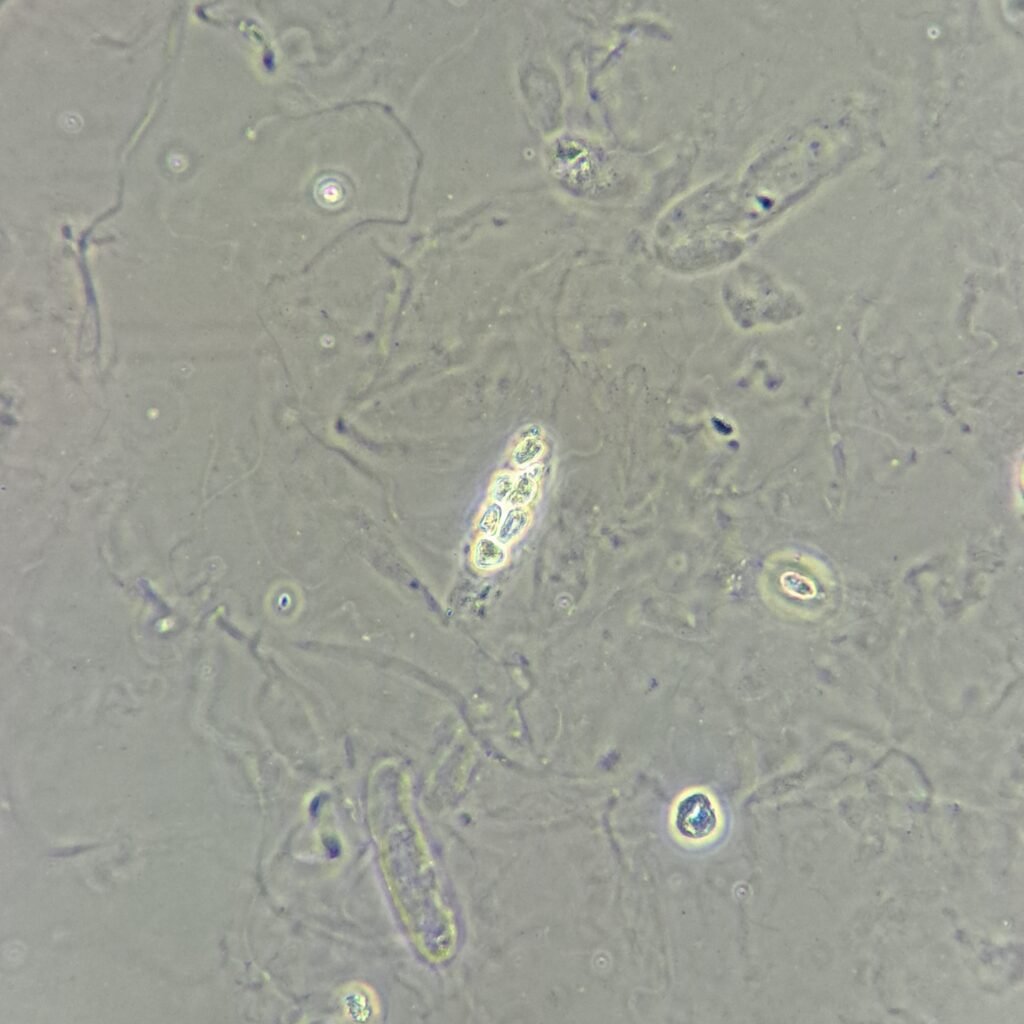
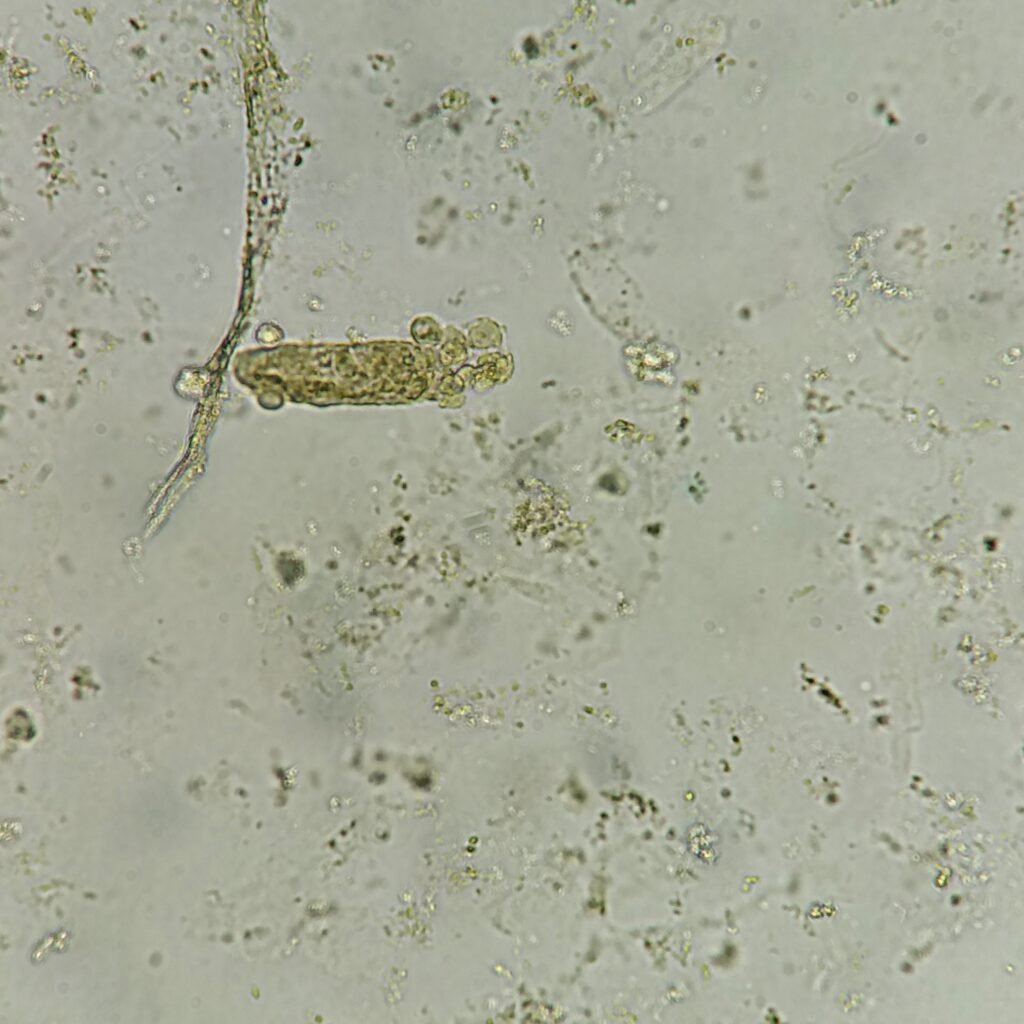
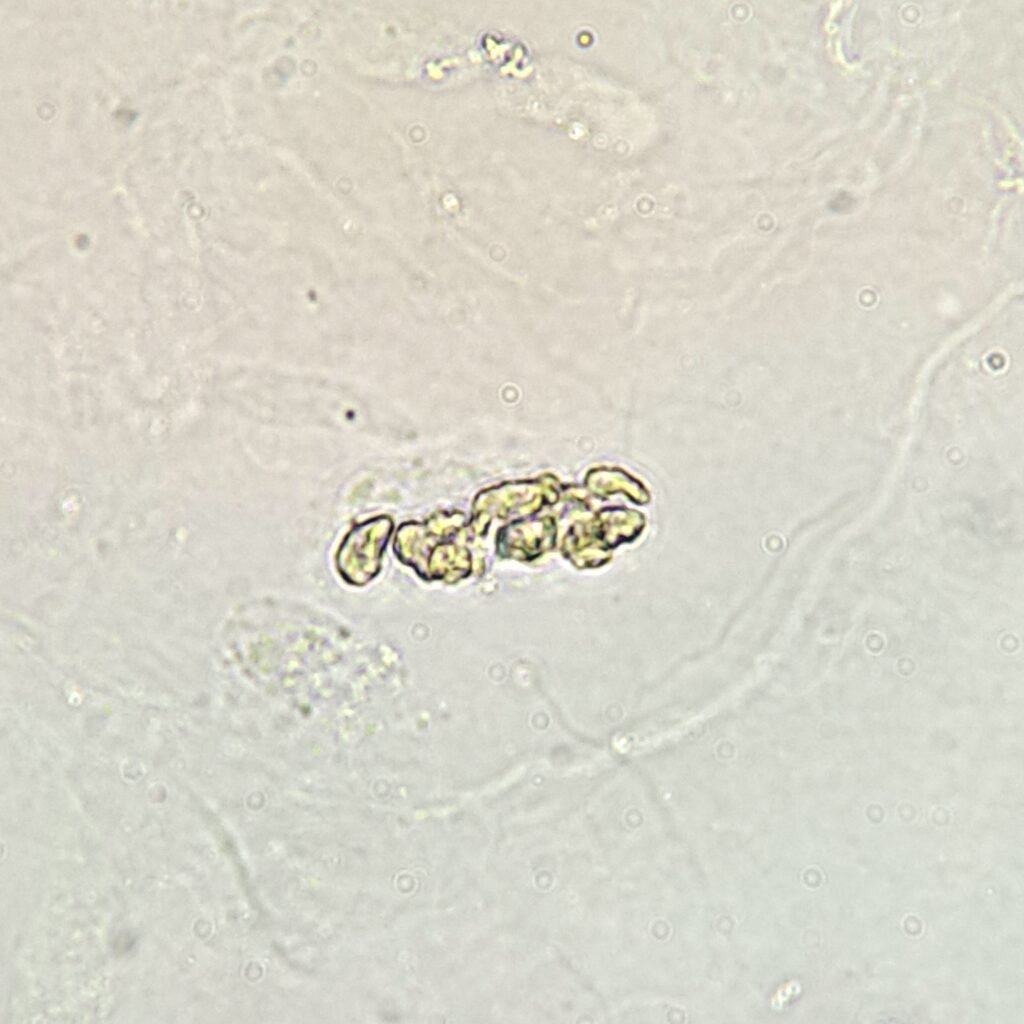
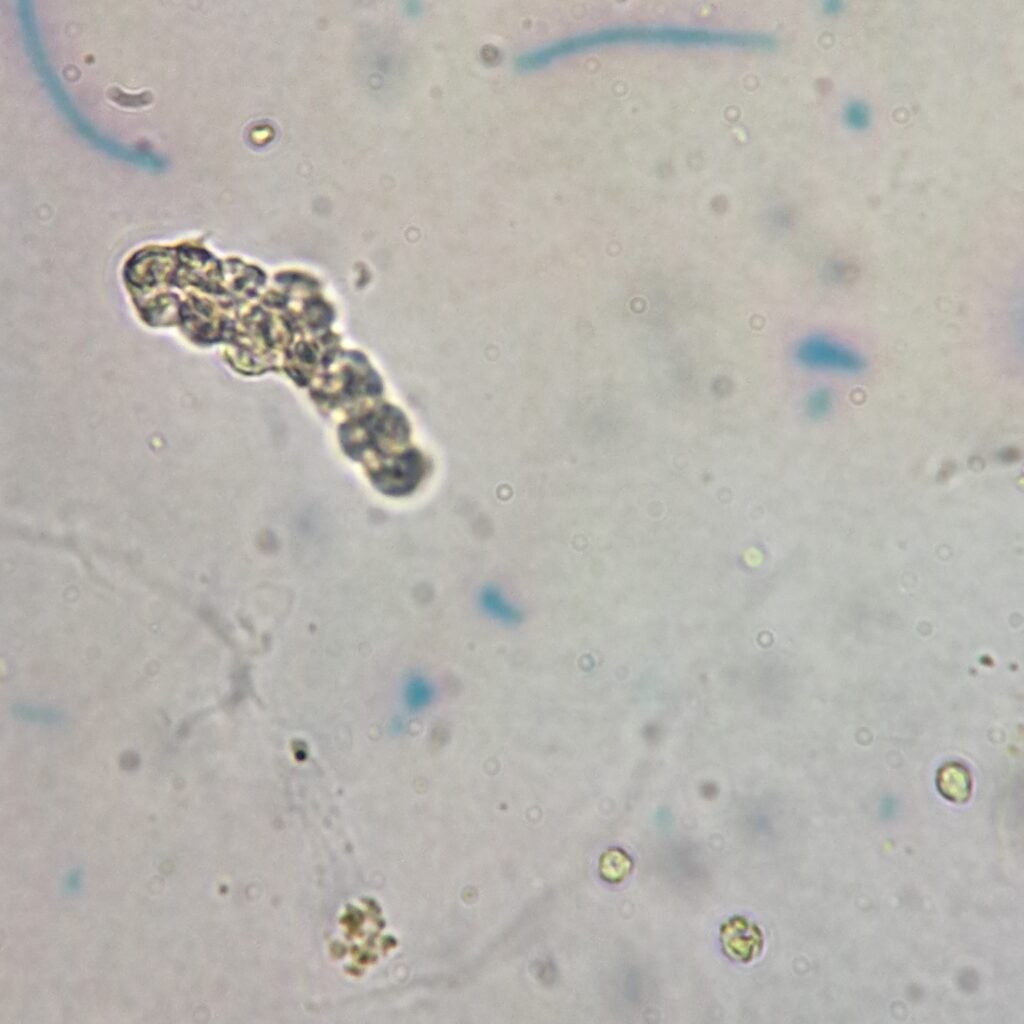
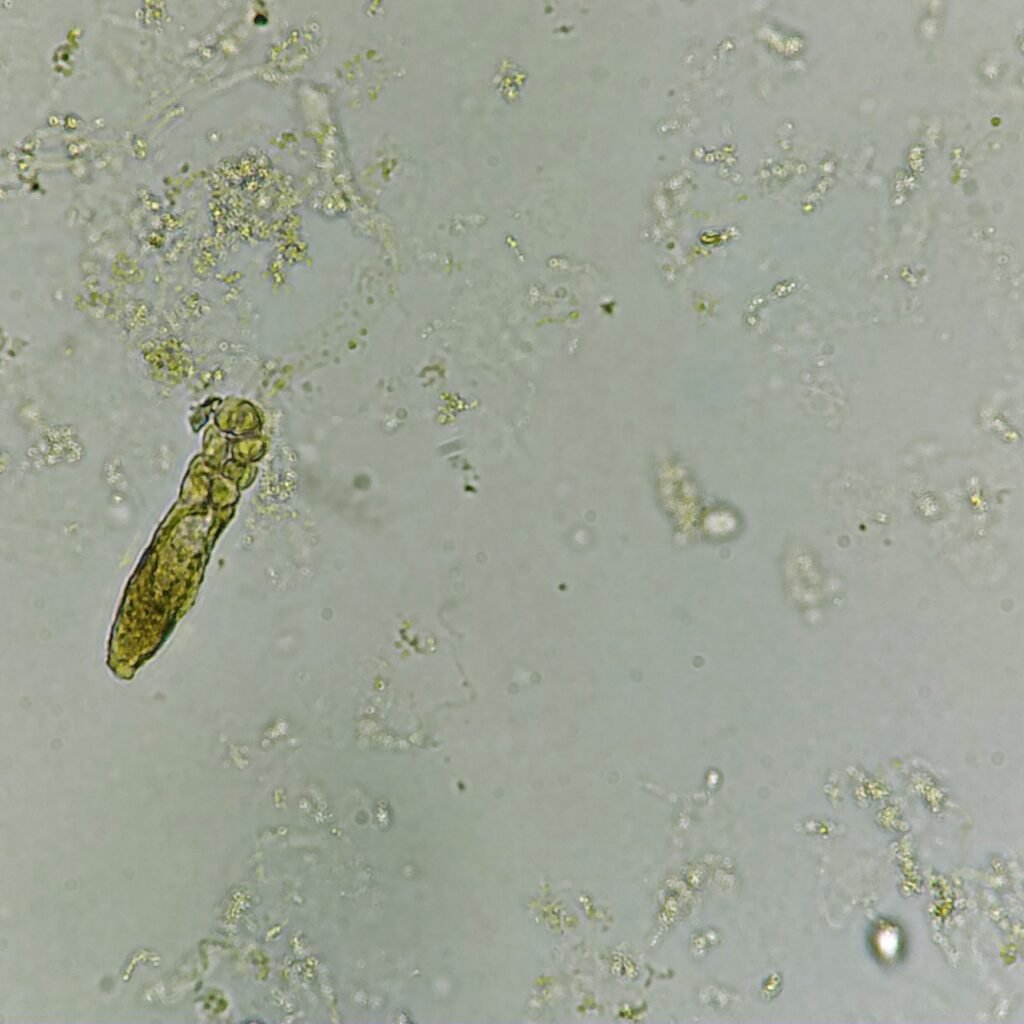
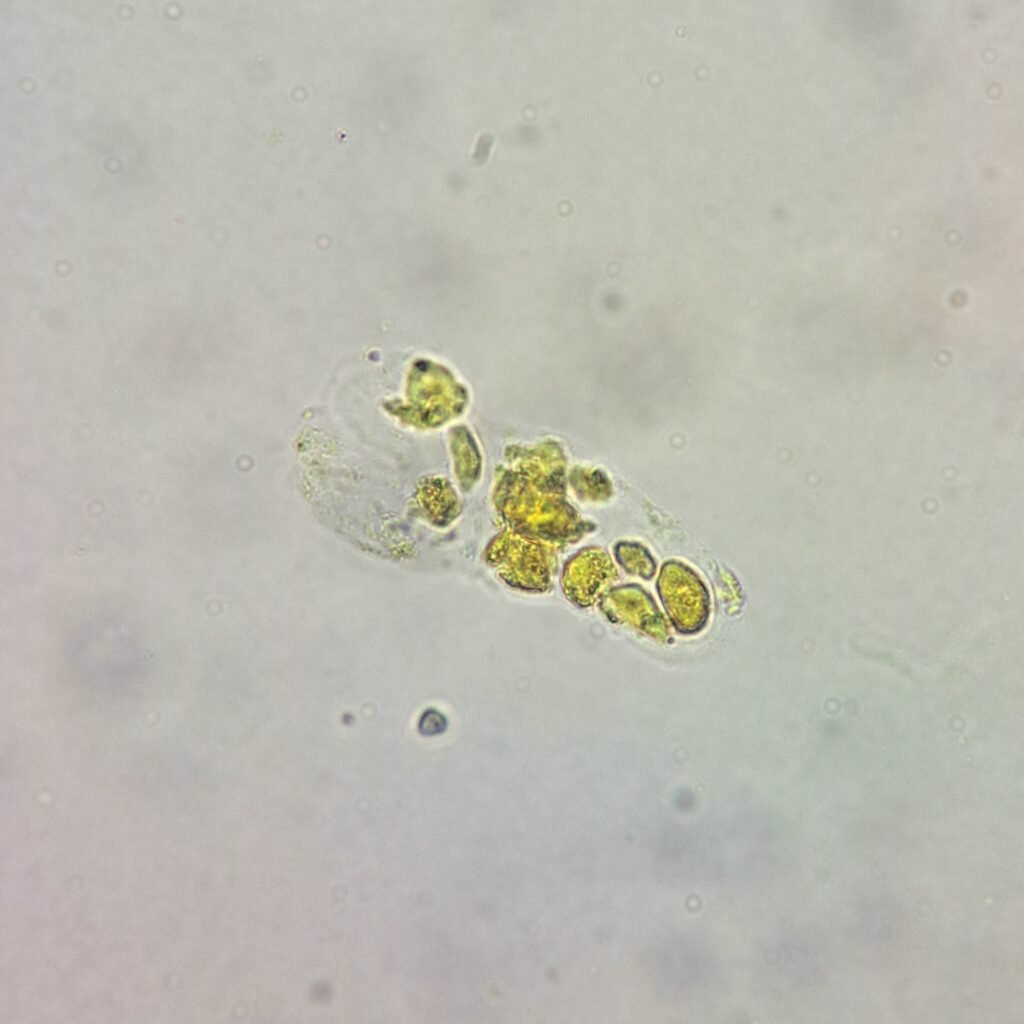
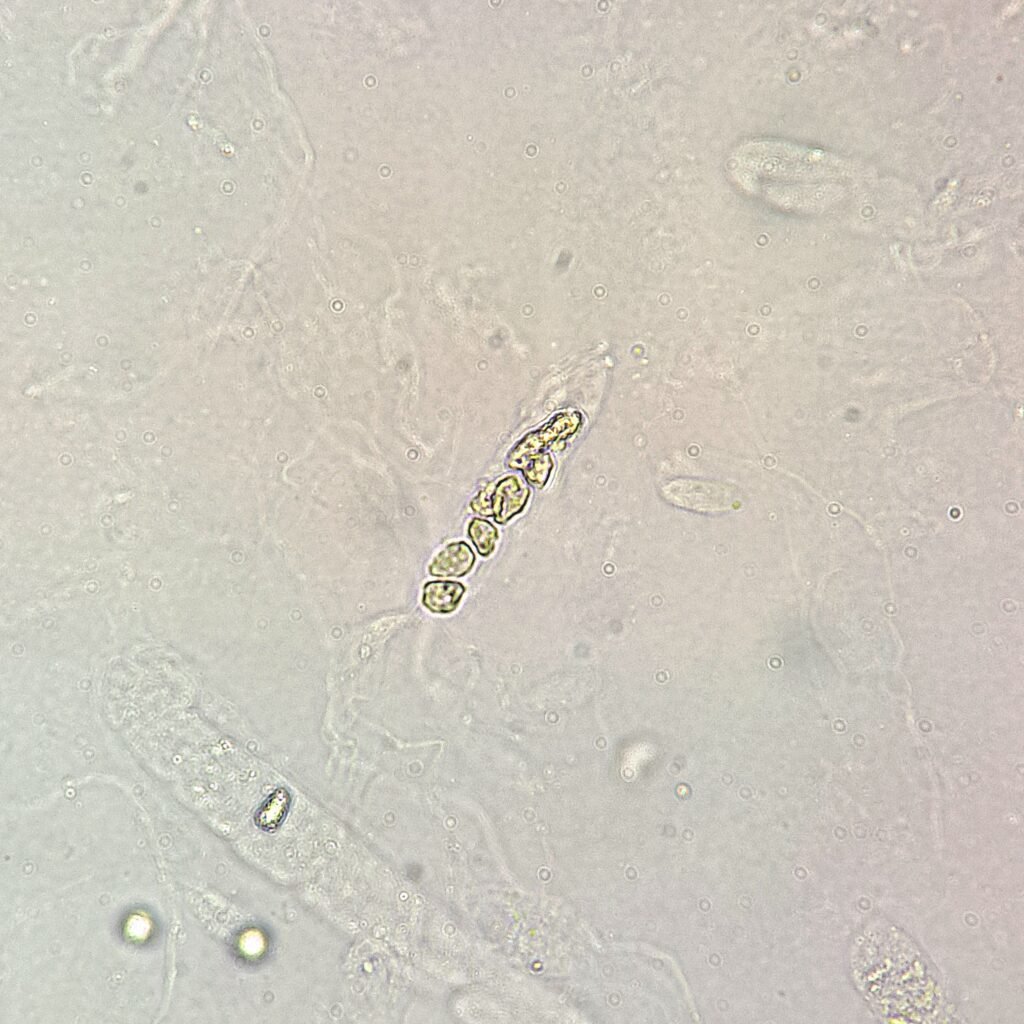
Red Blood Cell Cast
RBCs can be seen in a protein matrix. Many RBCs may color the cast yellow or reddish-brown.
RBC casts indicate renal hematuria. Diagnostic for acute glomerulonephritis but may be seen in renal trauma, infarction, and malignant hypertension.
No Image Yet 🙁
Waxy Cast
Waxy casts have a high refractive index, giving them their waxy look. While the cast is still cylindrical in shape, it is more broad and may have blunt ends or cracks.
Waxy casts may be seen in a variety of disease states, such as end-stage renal disease, diabetic neuropathy, acute glomerulonephritis, etc.
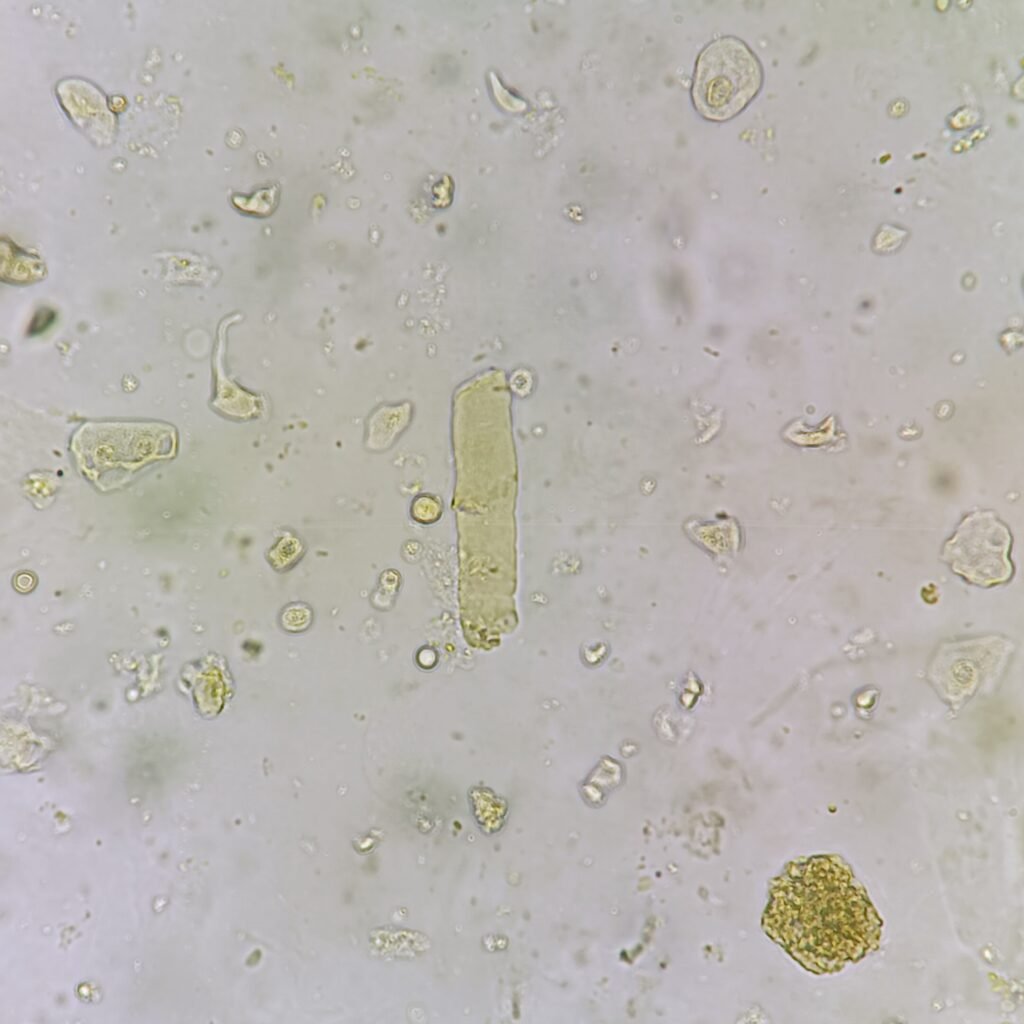
More Images
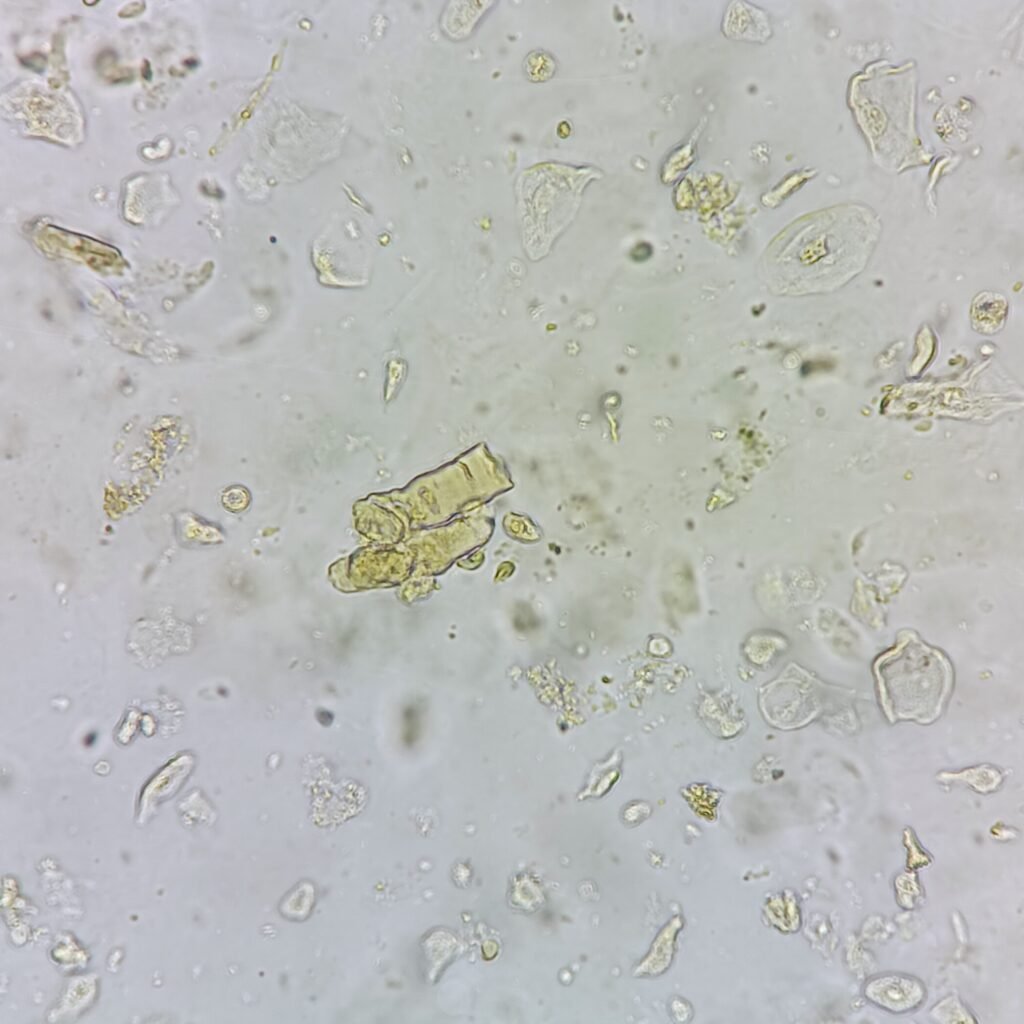
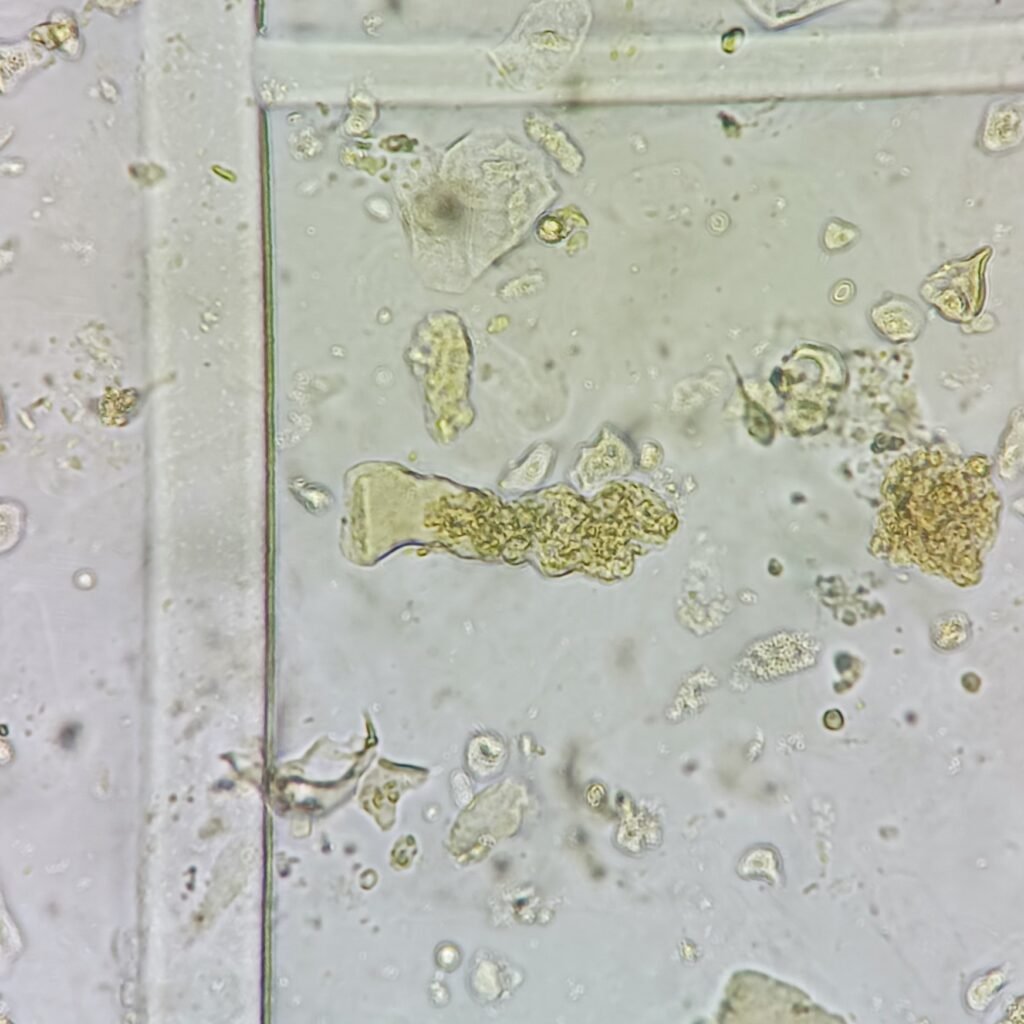
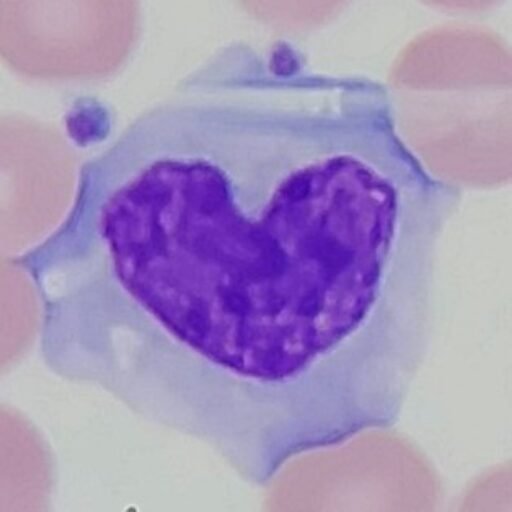
Leave a Reply